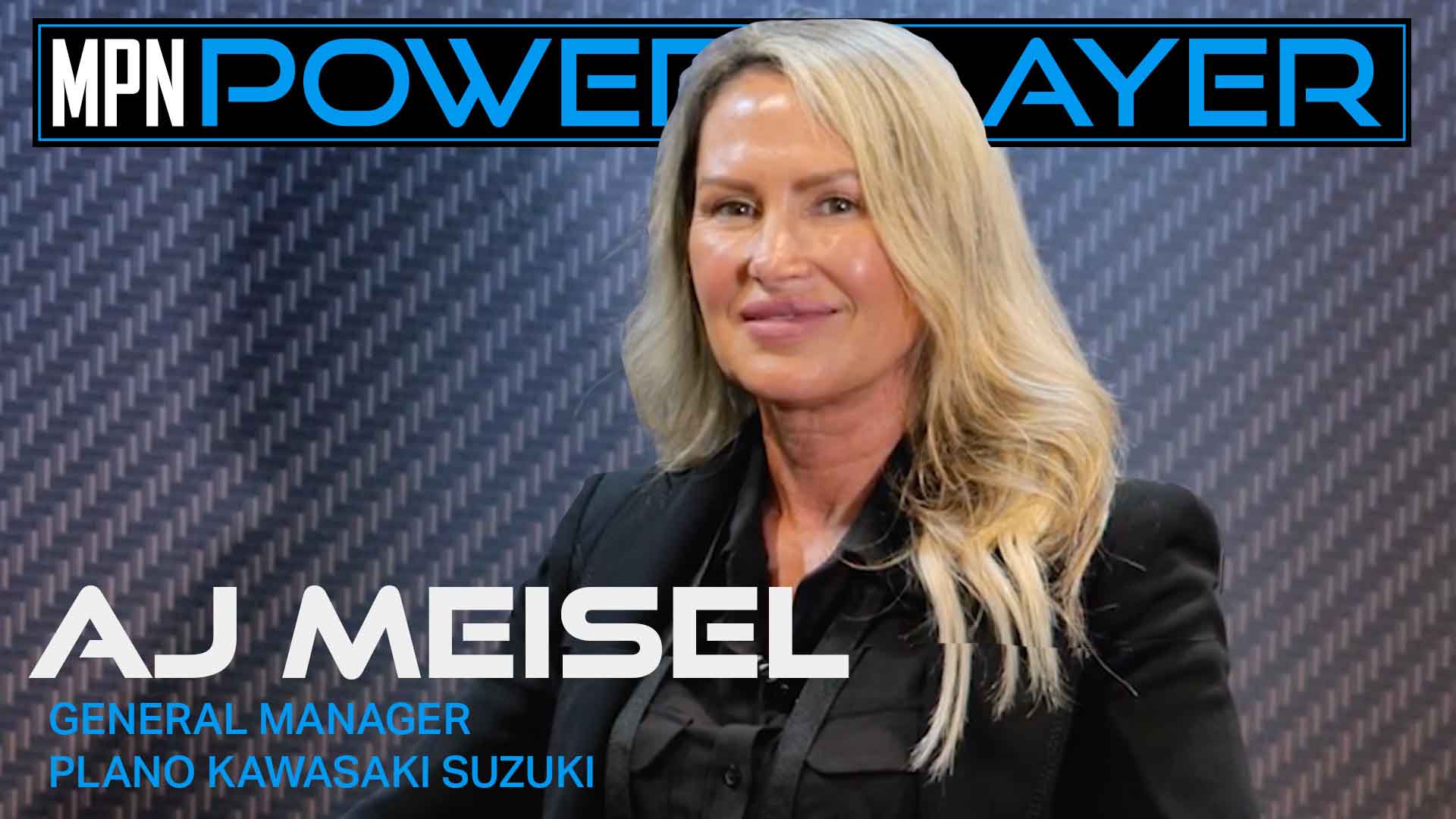At dealerships, we talk a lot about company culture, but employees rarely see it in action. After all, what is “company culture”? That phrase is used so much that when staff members hear it, it goes in one ear and out the other. To really set a strong dealership culture, you need to close the gap between execution and wish lists.
Communication Is Critical
Corporate values statements are typically all the same. It’s easy to think, “Do they matter?” Most of us dismiss them as cheap talk with no impact on staff’s day-to-day behavior. Recent corporate scandals support the skeptics’ view. Wells Fargo and Volkswagen each included ethics or integrity among their core values in the years before their wrongdoings were discovered, while Boeing hit the trifecta by listing integrity, quality and safety among its “enduring values.” And we all know how that turned out. Don’t be a leader who throws words around and preaches culture yet has no plan on how to initiate, execute and improve.
A lot of powersports and automotive dealerships dismiss corporate value statements as irrelevant without even being aware of it, but ignoring them is a mistake. Even when companies fall short of their goals, official statements still cast light on the values leaders consider critical for success. They also spell out the cultural elements that leaders believe distinguish their company in the eyes of employees, customers and other stakeholders.
While some values are more common than others, none are universal. Even integrity, the most frequently cited, is listed by less than two-thirds of all organizations in our market. The lack of universal values is explained, in part, by variance across industries. All of the companies in the construction and engineering and health care service industries, for example, included integrity among their core values, while less than 20% of internet companies actually did so.
How to Get Started with Actionable Dealership Culture
Job Descriptions and Role Clarity
Everything starts with a clear job description and what the employees’ roles and responsibilities are. All too often, we throw new employees into the deep end and assume they will figure it out. Well, they won’t. And if your expectations are not 100% clear, forget about seeing them in action. Giving them a one-page offer letter that says “generic duties” is not clear — it’s lazy.
Ever wonder why certain employees fail to meet your expectations? It’s because expectations create premeditated resentments. Now, you’re frustrated and it’s 100% on you. The employee has no idea he or she is operating below your expectations.
Here’s an example of what happens when the job role is not clear.
Staff members will be confused about who to report to and how to get their jobs done. A confused staff member doesn’t do anything: he or she floats around the dealership. The un-aimed arrow never misses, which is why this causes friction that, ultimately, leads to negative talk around the water cooler. This can also cause your other staff members to get frustrated and treat such aimless employees like they aren’t truly a part of the team.
First things first: Get clear on what you expect, and make it a tangible document that you and your staff will sign as a commitment to the role.
Remember, whatever you say can and will be held against you by the court of your dealership staff.
Can You Train Staff on Culture? Yes!
One of the challenges in any dealership is training. But it’s not just original equipment manufacturer (OEM) training or sales training. What about culture and/or internal communications training? With all the talk about culture, it’s easy to get lost in the weeds if we don’t have a clear action plan. So, let’s start with the basics.
Training 101 for Dealership Culture
- Start internally. Managers should consistently train their staff on how to “sell internally” and build relationships with their co-workers. This is the one area everyone misses when it comes to culture. The main pillar of your overall culture is internal relationships. I pride myself on the fact that every department we have at our dealership is truly on the same team. They all get along. We’re just one big dysfunctional family.
- Make time for staff. I used to fail my staff on culture constantly without even realizing it. If you’re running a dealership, you have 1,500 emails to get through and 100 calendar events that are constantly popping up as reminders. You’re busy just trying to get caught up. When this happens, the first thing we do is cut time with staff, yet they are the most important asset you have. So, you push internal staff meetings and manager meetings because you’re overwhelmed. This sends the wrong message, and it’s a double standard.
- Hold stand-up meetings. When I first got into the business, we used to have these hour-long meetings that were either managers chopping heads off or managers enjoying hearing himself talk … about nothing. As the general manager (GM), each day I have a five- to 10-minute meeting with each department. The manager and all staff from that department meet with me, and we get one to two minutes each to go over anything that will improve the day. Stand up meetings are fantastic, but don’t let them run wild.
Running a Productive Stand-up
- Start a timer; never just start.
- Each person gets no more than three minutes to talk.
- While that person is talking, no one interrupts. (Imagine that person has the “talking stick,” like we used to have in Boy Scouts. Don’t interrupt!)
- Police the chatter and side talk.
- Stay focused on the goal. You’re not trying to fix everything in this meeting.
Stand-up Meeting Goal
The goal of the stand-up is not to deep-dive into issues and/or try and fix whatever it is during the meeting. Use the IDS method of identify, discuss, solve. Your stand-up meeting is strictly to identify and discuss. The solution will come later, as you will have to work with each department head separately to install a permanent or working fix within that department.
Do What You Say — Every Time
If you’re going to talk the talk, you have to walk the walk. I always hated it when a manager would say, “I have an open-door policy. Let me know if you need help. I’m here to serve,” and then not 20 minutes later, that manager closes the door for three hours of meetings, and you can’t talk to him or her for the rest of the day.
This sets a tone that gives the impression that you don’t really care and you’re just saying things, not actually committing to them.
The closed-door meetings have to happen. And they are probably very sensitive topics. But let’s change the verbiage to, “Unless I’m in a meeting, come in anytime.” This sets the proper expectations. This is how to become “clear.”
Interview Your Staff
We’re all familiar with employee reviews. But what about simple “interviews” where you can just have one-on-one discussions with staff member that has one primary goal: to know them better? You want to find out what motivates them, what makes them tick, why are they still here, what are their hopes and dreams, their career goals, etc.
Here are two rules for staff interviews:
- Don’t take anything personally.
- Be careful with the information you receive.
- Keep it light, and never use what they said against them.
You may find some staff gripe about other staff. Or, they might ask for raises and so forth. This is why you have to be very, very careful with the trust they put in you.
Information can be dangerous. Respect who you’re talking to, and never share their confidential answers with anyone below the manager who runs the department that they are in. Plus, if you go blabbing things around the dealership, no one is going to trust you, and you don’t know who can hear you or who is listening. So, just play it safe and keep it to yourself and the manager who can address the issue properly.
How to Hold a One-on-One Staff Interview
Spend 10 to 15 minutes with the employee, letting he or she talk openly and freely. Staff members might not want to say anything negative, so I have a trick for that.
To allow for more open dialog, I will typically take my GM hat off and say, “This is a conversation between me and you. I’m not the GM right now; we’re just two people talking. Nothing you say leaves this room, and nothing you say will carry over into my GM role. Let’s have an honest discussion. If I don’t know what you’re thinking about, I can’t help.”
Here’s a tip: Never say, “Let’s have a chat.” Nobody likes that! Chats are negative and impersonal. When I was a child, my father would say, “Let’s have a chat,” and I knew I was about to be grounded.
One thing that will make your meetings more productive and clear is to write out your agenda/script beforehand. Have a game plan on what you’re going to say and why. Remember not to brow beat. This isn’t that kind of meeting. This is a “culture” meeting.
Police Your Culture
If there’s one thing we can count on, it’s a staff member’s ability to forget anything you talked about within seven days. Old habits come back, attitudes regress, and then all of the sudden, you’re chasing a culture fix that you will never overcome.
Enlist the help of two to three “dealership brand ambassadors” that will continue the role out of your culture. Their job is to make sure you’re moving forward, never backwards. Let them inspire the team, and give them the ability to speak freely with you about things that need attention.
It’s so easy to move backwards. All it takes is two to three weeks of zero follow-up or check-ins, and then you’re right back where you started.
A former United States Marine with over a decade of automotive experience, Jonathan Hinshaw decided to turn his passion for motorcycles into a career and brought his experience in high-line automotive into the powersports market. As the general manager of Northern Colorado Powersports – A John Elway Dealership, his role also includes working with the other John Elway Powersports dealerships within the Colorado area. He has ripped over 500,000 miles on motorcycles since he started riding at age 15 and can be seen riding his bikes in any kind of weather imaginable — even in the snow.














